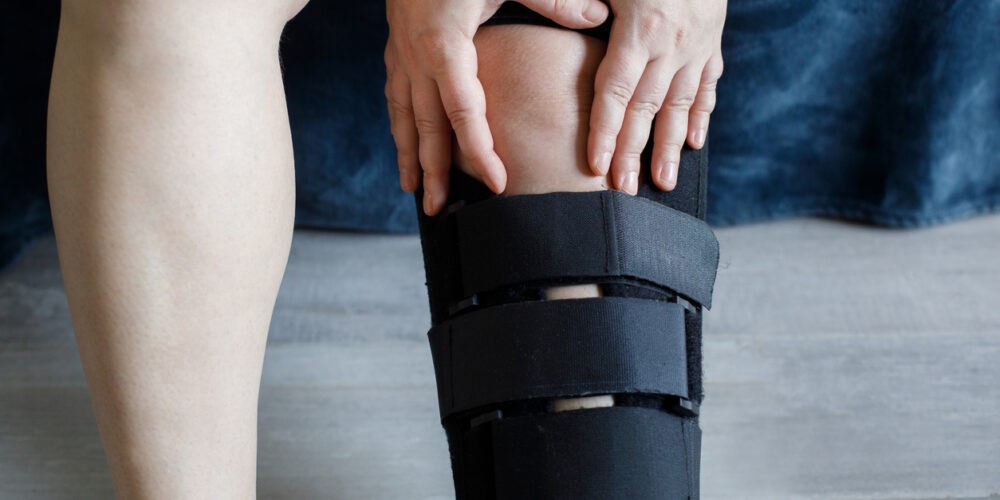The anterior cruciate ligament (ACL) is one of the most commonly injured ligaments in the knee. Ligaments are strong non-elastic fibers that connect our bones together. The ACL crosses inside of the knee, connecting the thighbone to the leg. It provides stability to the knee joint. Your ACL can tear completely or partially and is unable to repair itself.
ACL tears most commonly occur in very active people or athletes. The ACL can tear when people abruptly slowdown from running, land from a jump or change directions rapidly. Athletes are especially at risk for ACL tears, although they may occur in active workers and the general population as well.
ACL Tear Symptoms
You may experience pain, swelling and knee instability immediately after an ACL tear. Your knee may give out on you, and you may not be able to fully straighten your knee. You may have difficulty moving your knee and walking. Typically, within a few hours of the tear, swelling in the knee increases dramatically.






